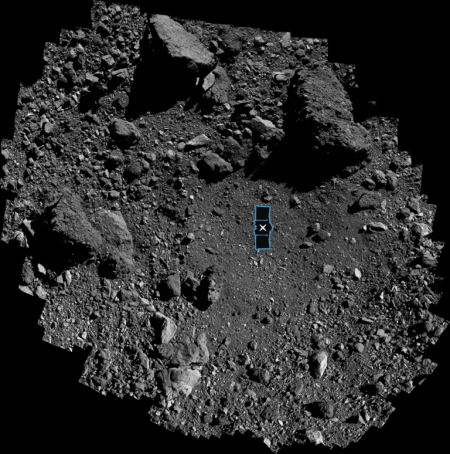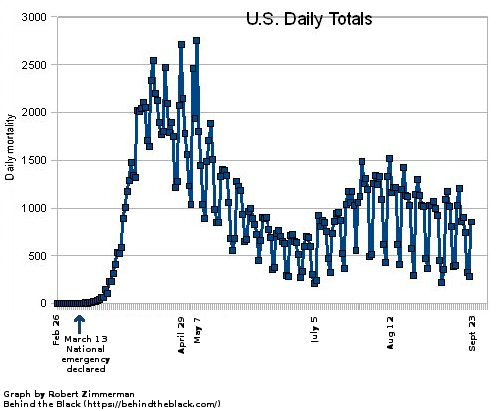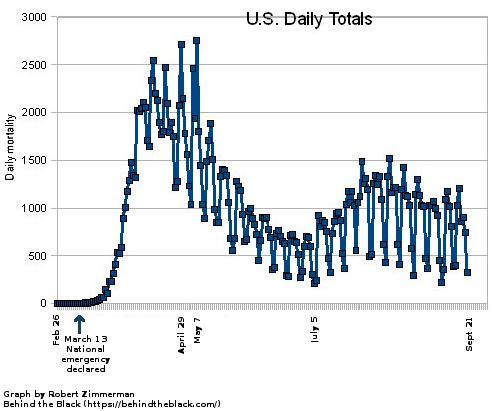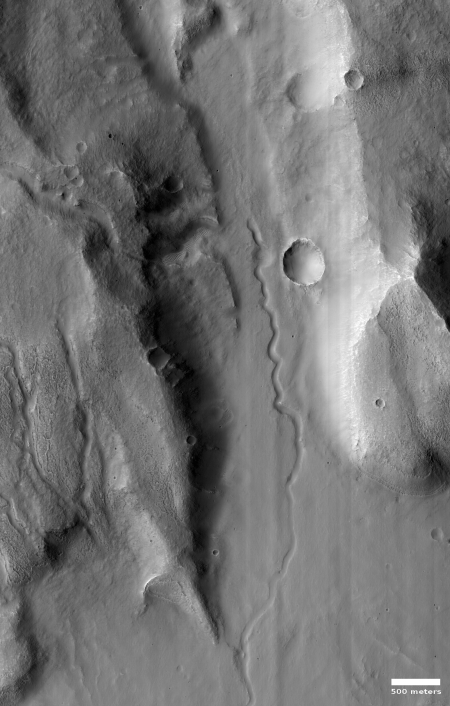An ice-covered mountain on Mars?

Today’s cool image, taken on July 1, 2020 by the high resolution camera on Mars Reconnaissance Orbiter, is of a mound-like mountain on Mars that to all intents and purposes appears covered by glacial ice, some eroded, some not.
The image to the right, rotated, cropped, and reduced to post here, shows this mound. Both the flow coming down from the mountain top down the north slope as well as the flow in the north that appears to begin in a small crater suggest glacial features.
Even more convincing are what appear to be patches of glacial ice on the southern slopes, resembling the kind of glacial patches you see everywhere in Glacial National Park. The second photo to the right, taken by me on our visit to Glacier National Park in 2017, shows similar patches hugging the mountainside at Grinnell Glacier.
This Martian mountain is located in the southern hemisphere inside Hellas Basin on its eastern interior rim. (See the overview map below, with the location of this photo the small white box south of Harmakhis Valles.) Thus, you would expect the north-facing slope to get more sunlight (and more heat) than the south-facing slopes. Yet, from this image there appears to be greater erosion on the south-facing slopes. A puzzle indeed.
» Read more

Today’s cool image, taken on July 1, 2020 by the high resolution camera on Mars Reconnaissance Orbiter, is of a mound-like mountain on Mars that to all intents and purposes appears covered by glacial ice, some eroded, some not.
The image to the right, rotated, cropped, and reduced to post here, shows this mound. Both the flow coming down from the mountain top down the north slope as well as the flow in the north that appears to begin in a small crater suggest glacial features.
Even more convincing are what appear to be patches of glacial ice on the southern slopes, resembling the kind of glacial patches you see everywhere in Glacial National Park. The second photo to the right, taken by me on our visit to Glacier National Park in 2017, shows similar patches hugging the mountainside at Grinnell Glacier.
This Martian mountain is located in the southern hemisphere inside Hellas Basin on its eastern interior rim. (See the overview map below, with the location of this photo the small white box south of Harmakhis Valles.) Thus, you would expect the north-facing slope to get more sunlight (and more heat) than the south-facing slopes. Yet, from this image there appears to be greater erosion on the south-facing slopes. A puzzle indeed.
» Read more










